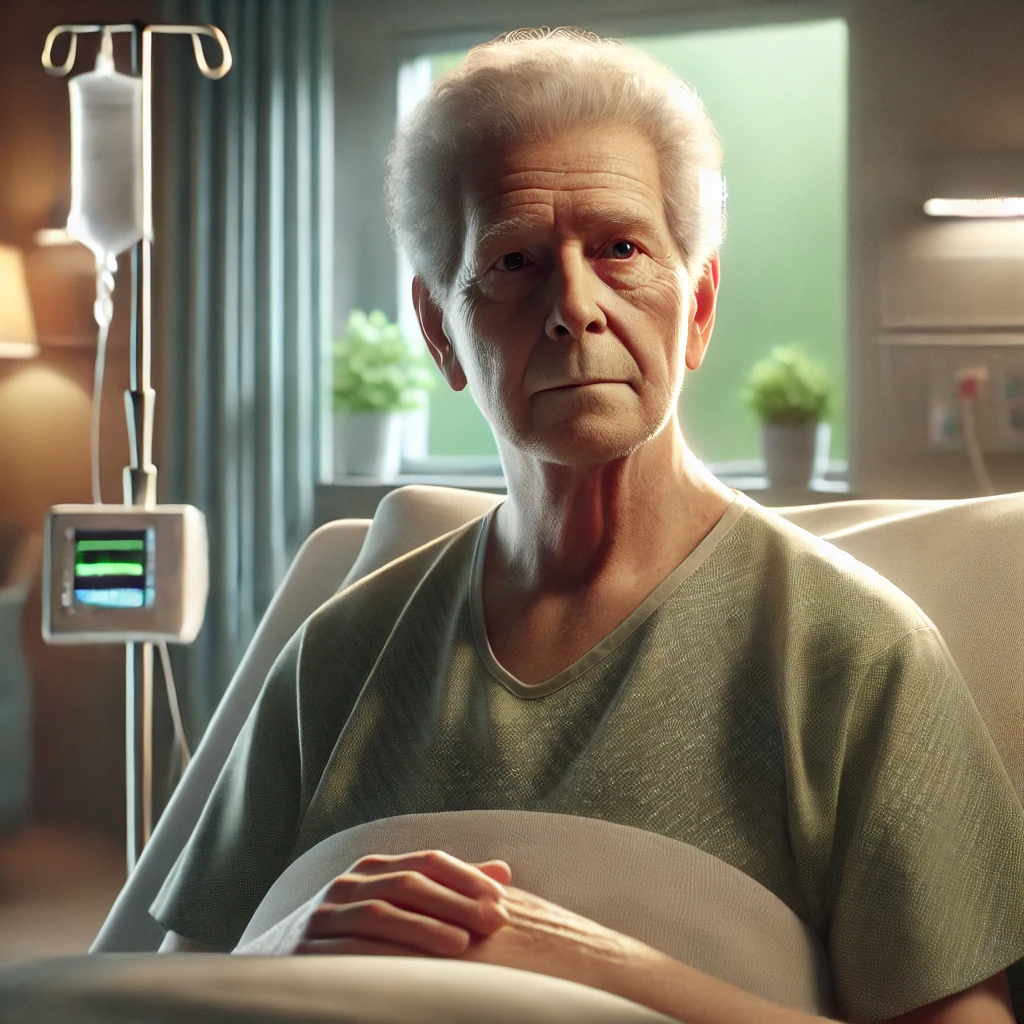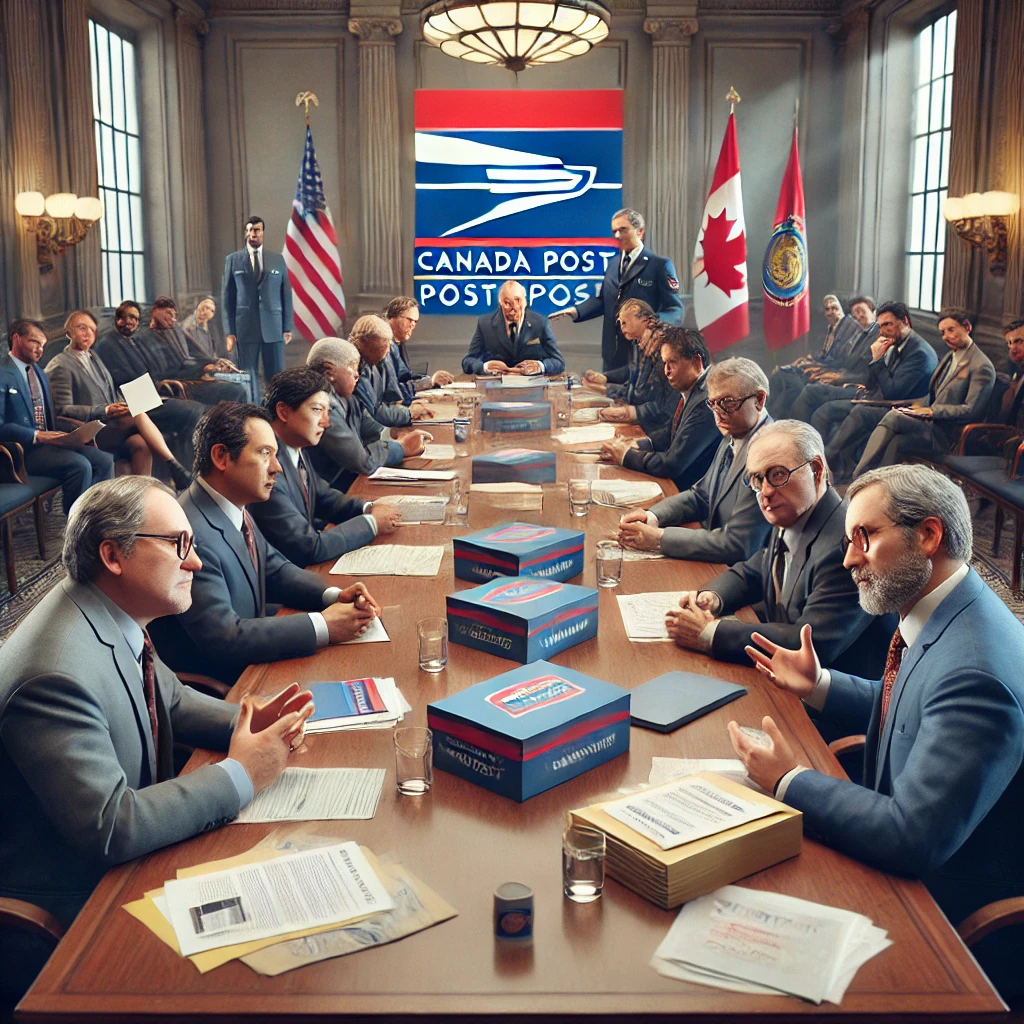Pope Francis, 88, remains in critical condition at Gemelli Hospital after battling pneumonia and a complex lung infection, with blood tests now revealing early, mild kidney failure. Despite these challenges, the pontiff has stayed alert and responsive—attending Mass even as he receives high flows of supplemental oxygen.
In a later update, Vatican doctors noted that Francis had experienced no further respiratory crises since Saturday night. Although some tests indicated initial kidney issues, physicians insist these are under control. “The complexity of the clinical picture, and the necessary wait for drug therapies to provide some feedback, dictate that the prognosis remains guarded,” his medical team explained.
Global prayers and support have poured in. From his native Argentina—where Buenos Aires’ cathedral echoed with heartfelt prayers and the city’s iconic obelisk was lit up with the message “Francis, the city prays for you”—to Cairo, where Al-Azhar’s grand imam expressed his wishes for a swift recovery on Facebook. Even the American Jewish Committee joined in solidarity, emphasizing unity in these challenging times. Meanwhile, in Rome, schoolchildren have delivered get-well cards to the hospital, and Italian bishops have led rosary prayers and celebrated special Masses.
Across the Atlantic in New York, Cardinal Timothy Dolan acknowledged an unspoken truth among church leaders: the Catholic faithful are united “at the bedside of a dying father.” Speaking from the pulpit of St. Patrick’s Cathedral, he candidly observed that the pope’s fragile health might signal a terminal phase—though he later reassured reporters that he remained hopeful Francis would “bounce back.” This stark reminder of vulnerability poses a compelling question: What lies ahead for the Catholic Church if its leader becomes incapacitated or even resigns?
Originally scheduled to celebrate Mass in St. Peter’s Basilica and ordain deacons as part of the Vatican’s yearlong Holy Year commemoration, Francis instead had his duties carried out by Archbishop Rino Fisichella. From the altar, Fisichella offered a special prayer for the pontiff and read a prepared homily, conveying a sense of his enduring spiritual presence despite his physical absence. A pre-written message from Francis had assured the faithful that he was “confidently continuing my hospitalization” and that “rest is also part of the therapy,” while asking for prayers during these trying times.
Medical experts warn that sepsis—a severe infection of the blood—remains the primary risk, though no signs of its onset have been reported. Additionally, Francis has been coping with a low but stable platelet count and anemia; during Saturday’s blood transfusions, he received hematin to boost hemoglobin levels, a treatment that has shown benefit. His admission on February 14 came after a weeklong bout of worsening bronchitis revealed a complex mix of viral, bacterial, and fungal respiratory infections, ultimately leading to pneumonia in both lungs. His treatment regimen includes “absolute rest,” cortisone, antibiotics, and supplemental oxygen.
In recent months, Francis has taken steps that hint at his awareness of growing frailty. Last year, he revised the traditional funeral rites—simplifying rituals and allowing for burial outside the Vatican—to underscore his humility as a servant bishop. In December, he also created 21 new cardinals, most under age 80, thereby adjusting the future dynamics of the College of Cardinals. More recently, amid declining health, he extended the five-year term of Cardinal Giovanni Battista Re, the 91-year-old dean of the College, ensuring continuity during a period of uncertainty.
While the pope’s condition remains touch-and-go, his resilience, even in a hospital bed, continues to inspire millions around the globe. One might ask: how does a man, weathered by decades of spiritual leadership and personal sacrifice, continue to exude hope in the face of mounting physical trials? The answer lies perhaps in his steadfast commitment to service—a commitment echoed by prayers from every corner of the world, reminding us that even in our darkest hours, solidarity and faith can light the way.



